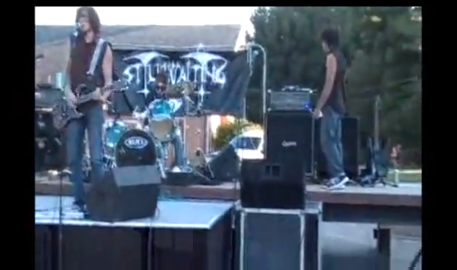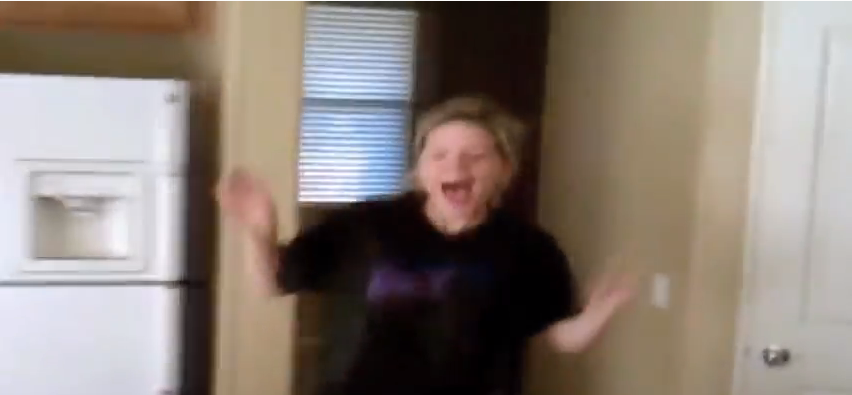There’s little doubt in my mind that by the end of the year, Christopher Nolan’s epic conclusion to his Dark Knight series will be top in box-office takings. I’m not a skilled mathematician in any way, shape or form but I believe if you deduct the extra earnings that The Avengers ripped off took from its 3D advantages (you know, an extra £1.50 for a tainted experience and over-sized glasses), then The Dark Knight Rises comes out on top. I’m sure far cleverer and wiser people than myself will tell you this is not the case though*
*it is.
But it doesn’t matter; at the end of the day people aren’t going to clamber home and divulge their full feelings and thoughts on the movie based on how much money it raked in. The age-old saying about quality and quantity comes into play massively here. Box-office success has never and will never equal critical acclaim – just ask Michael Bay.
Again, it doesn’t matter; no one is going to clamber home at the end of the day and sa—oh, I’ve done this part. Well, forgive my sanctimonious ramblings about film politics. The movie itself is wonderful. It’s a wonderful movie. It’s fantastically ambitious in scope and executed with the deft precision we’ve come to expect from Nolan’s skilled hands. It also brings up an interesting question:
Is it a good Batman movie?
Was The Dark Knight? As far as I’m concerned, Batman Begins represented the character of Batman as I, a comic-book virgin, would expect him to be portrayed. It felt like it jumped right out of the murky pages of a traditionally dark graphic novel with its steam-soaked streets, colourfully off-beat characters and, well…a guy dressed as a bat. Then The Dark Knight came along and, perhaps juiced up by Heath Ledger’s tragic death, the fan-boy community was given a sudden jolt of excitement; anticipation for this movie was sky-high and it delivered on all the right notes. I’m going to shamelessly quote famed movie-critic Roger Ebert on this one because he says it better than most:
“Christopher Nolan’s “The Dark Knight” is a haunted film that leaps beyond its origins and becomes an engrossing tragedy”.
So that’s what Roger says and I agree whole-heartedly. It took Batman to a new level (for me at least) and gave us all a healthy dose of entertainment along the way. In a way it’s raised the bar for what many believe a good Batman movie should be (to be straight, I don’t quite agree with this as I really enjoyed Tim Burton’s gothic-inspired effort in 1989).
The Dark Knight Rises tries so hard to do this again and upon my second viewing, I noted the scope of the film; what Nolan tried to achieve was amazing; an entire city is ripped apart from inside, both politically and socially, and then stapled together precariously whilst awaiting the heart-pounding climax. It’s what Nolan loves to do and though I don’t think he truly achieved the successes he had with The Dark Knight, you have to stand up and applaud the guy. It’s no easy task and I doubt I could do it*
*I couldn’t.
That being said, I’d hardly label the movie a ‘failure’; its undertones and themes are convoluted and many plot-points are far too convenient and far-fetched. I’ve read thousands of plot-holes related to the movie and though I agree many of them raise an eyebrow or two, I would suggest that Nolan’s movies are perhaps slightly more exposed to quizzical wonderings from the online community due to the director’s stature which has truly polarised some as well as captivated others. I admit I’m a big fan; I wrote my university dissertation on the guy and the way in which he’s crossed the boundary between Indie and Mainstream without as much as a scratch on him. He’s a remarkable film-maker and whilst I will never be as arrogant and pompous to label him one of the greats, his contribution to Hollywood has left a significant mark.
Also, stop asking:
“How does Bane eat?”
Did you ever ask how Darth Vader ate? Perhaps he was a big fan of the suffragette era and took to consuming his daily meals through a narrowly worked straw.
I liked Bane. I liked the music (I like to imagine someone following Bane down the street, beating enthusiastically on a pair of drums slung over their chest). I liked Catwoman. I liked her outfit. I liked Michael Caine crying. I liked the special effects. I liked Joseph Gordon-Levitt being called *SPOILER* Robin and I liked Bane beating people up with a bike-helmet.
There’s a whole collection of great things to like about this movie, but I think love is perhaps an expression too far. The movie goes places that it perhaps needs to go but I don’t know how much it sacrifices audience entertainment for; the fight scenes are very well orchestrated with Bane matching Batman for physical strength with interest. Tom Hardy has a good time as the muscular and intimidating figure of Bane and his presence is felt throughout the movie, even when he’s sadly not on screen. Elsewhere, Anne Hathaway shoves her previous critics away with a flawless, confident and humorous performance as Selina Kyle (Catwoman is never once uttered) and her role is used well by Nolan as is the role of John Blake, played by Joseph Gordon-Levitt. A lot of characters, a lot of balancing; I admit I was surprised at the lack of Christian Bale as the Batman. He has quite a journey of discovery in this movie and Bale probably puts in his best performance of the trilogy as a Bruce Wayne completely devoid of hope.
By the end you’ll appreciate the action that has unfolded; as always, it’s second-to-none and the urgency of the film’s events is felt throughout. Nolan has his pacing covered and it’s definitely a movie that you could see more than once without feeling like you need to stealthily check the time on your phone.
The story is rather insignificant at the end – I don’t think many will care for the ‘Save The World’ idea that is thrown about rather lethargically towards the beginning of the film and plot-points seem to follow suit, being branded about left, right and centre until dropped completely for the explosive ending. It’s a movie that deserves its plaudits and the money earned but it never quite reaches the heights set by its predecessor and perhaps even Whedon’s Avengers, but it’s worth-watching as always and paints a beautiful picture thanks to the sublime efforts of cinematographer Wally Pfister.

